1. Arial
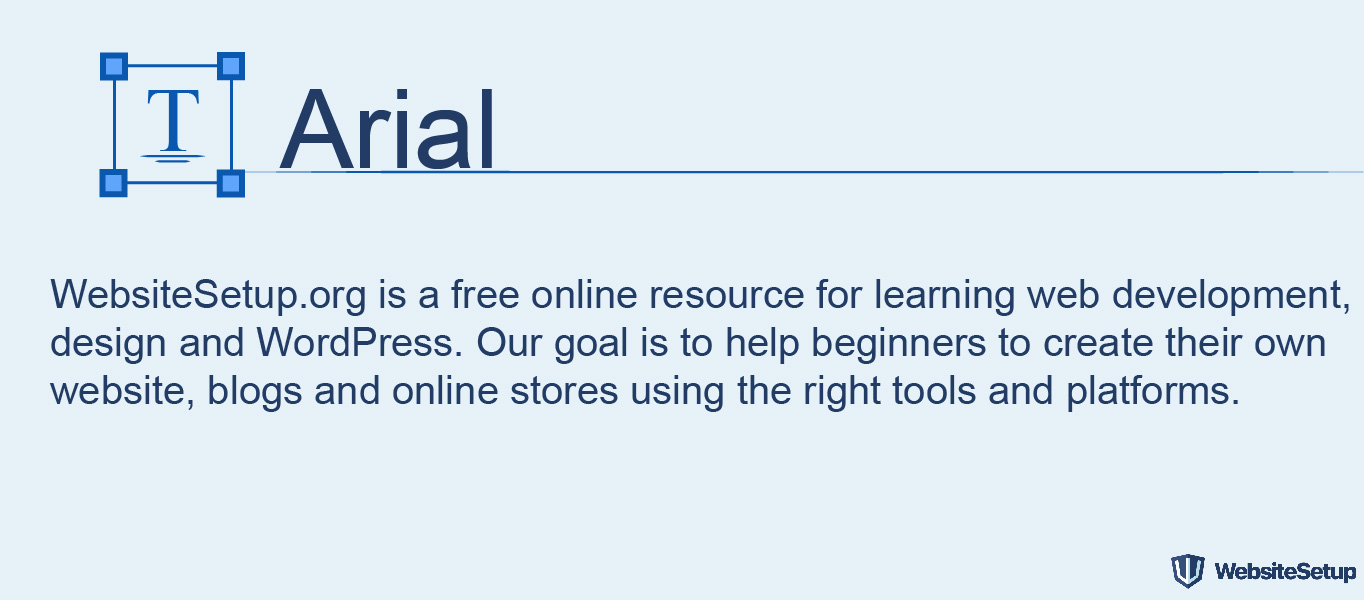
Arial is like the de facto standard for most.
It’s one of the most widely used sans-serif fonts (which means no little curls at the end of each letter). It’s often substituted on Windows devices for other interesting (read: more beautiful) font choices.
2. Times New Roman
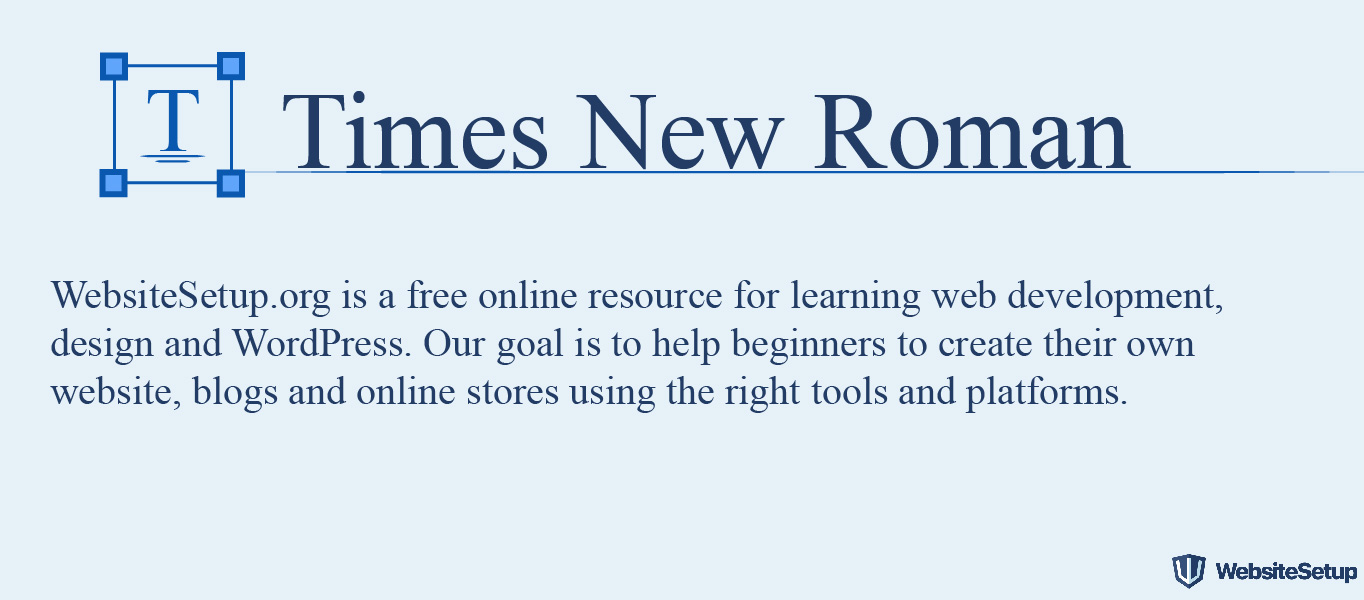
Times New Roman is to serif what Arial is to sans serif.
It’s among the most popular on Windows devices and is a new variation on the old Times font.
3. Courier New
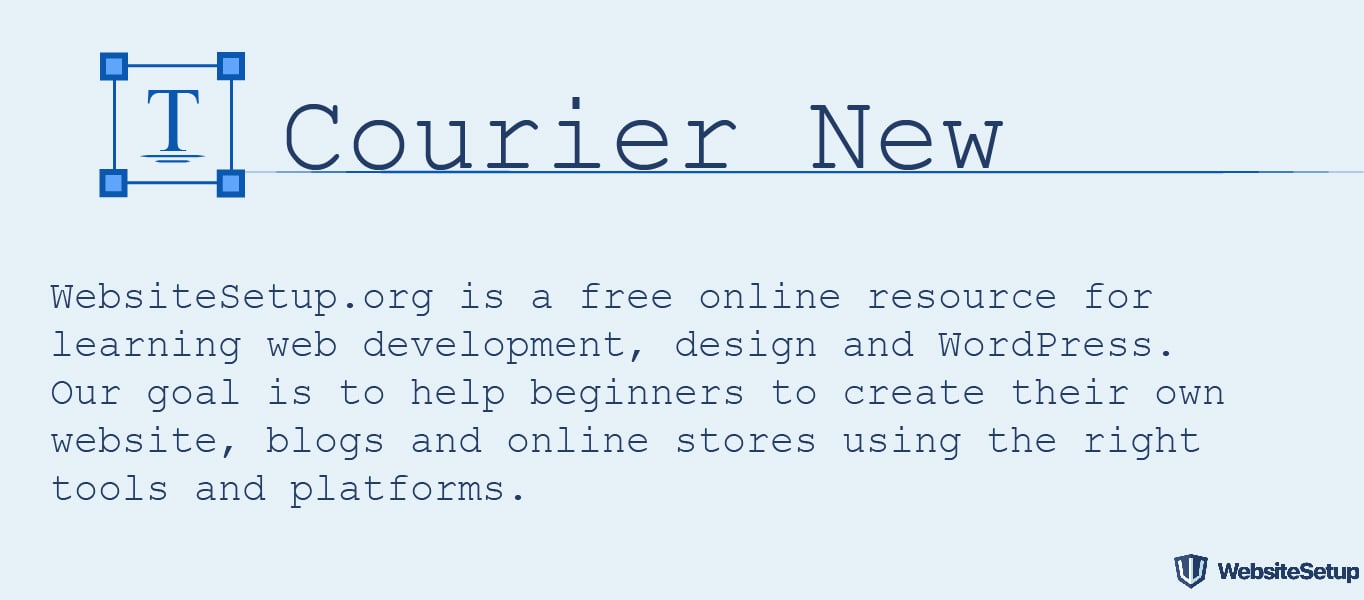
Courier New, similar to Times New Roman before it, is a variation of another old classic. It’s also considered a monospaced font (as opposed to the serif vs. sans serif we just saw).
4. Courier
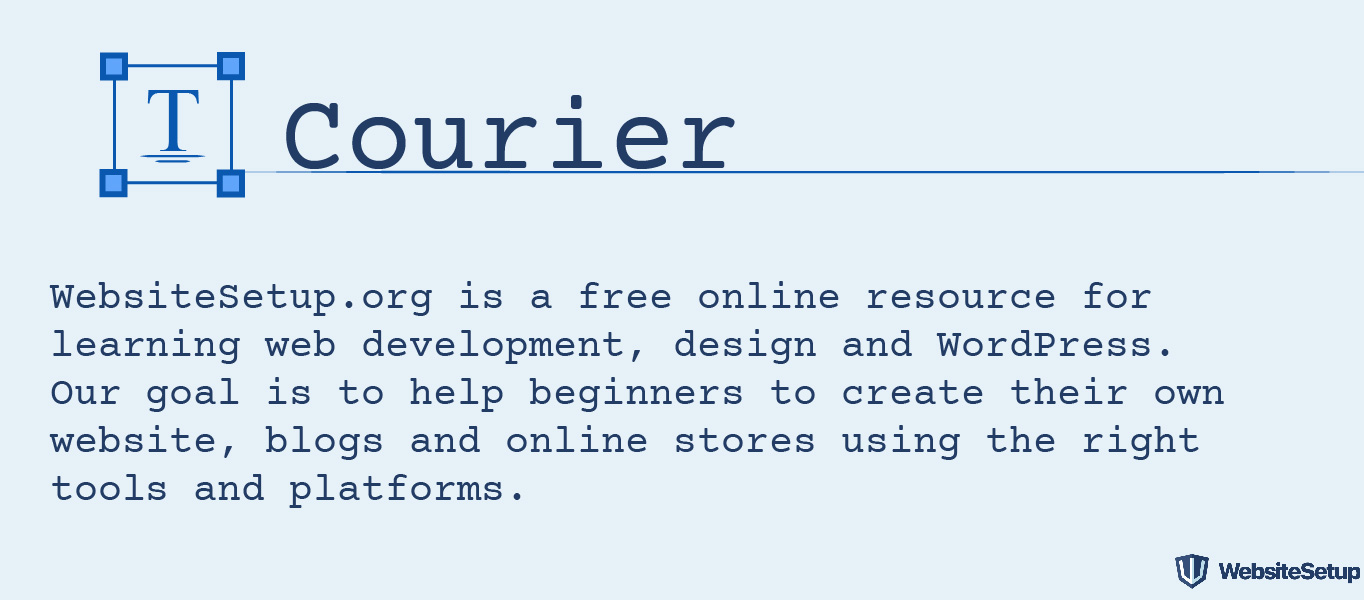
Courier is the old monospace stand-by available on almost all devices and operating systems.
5. Verdana
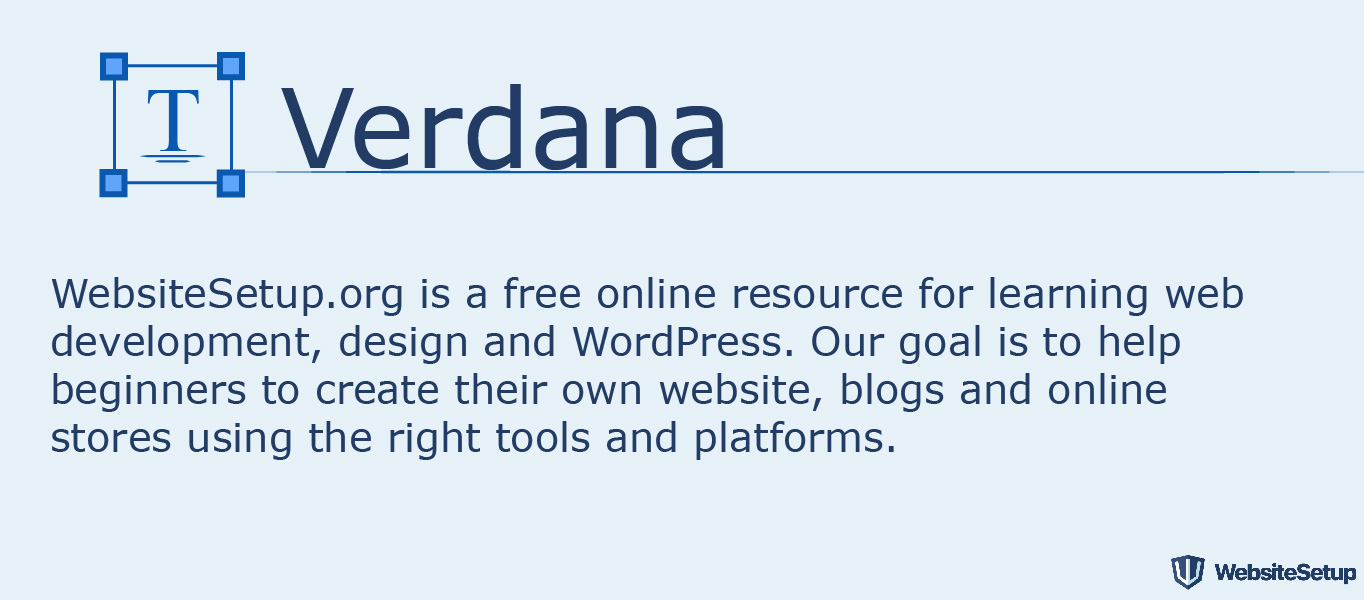
Verdana is a true web font because (1) the simple sans serif lines and (2) it’s super-large size. The letters are almost elongated, which makes it easy to read online.
6. Georgia
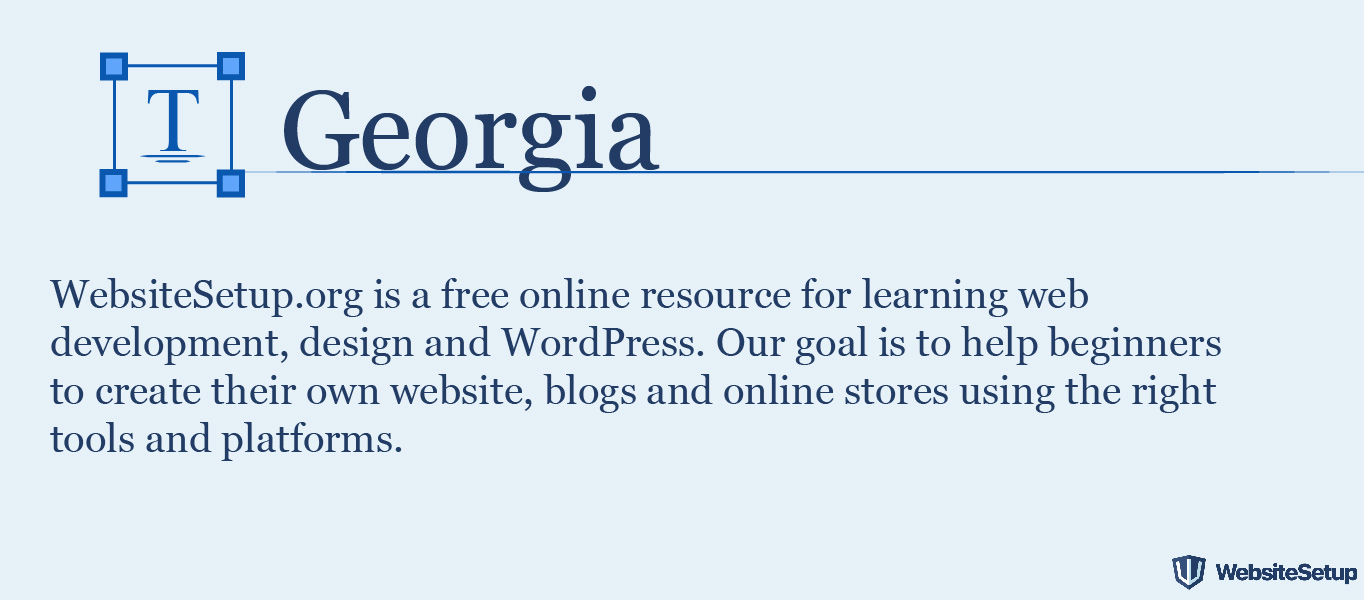
Georgia is similar to Verdana in size and stature (with bigger-than-usual letters compared with fonts of the same size). So while it’s great for certain circumstances, make sure to avoid pairing this serif font with others (like Times New Roman) which might look minuscule in comparison.
7. Palatino
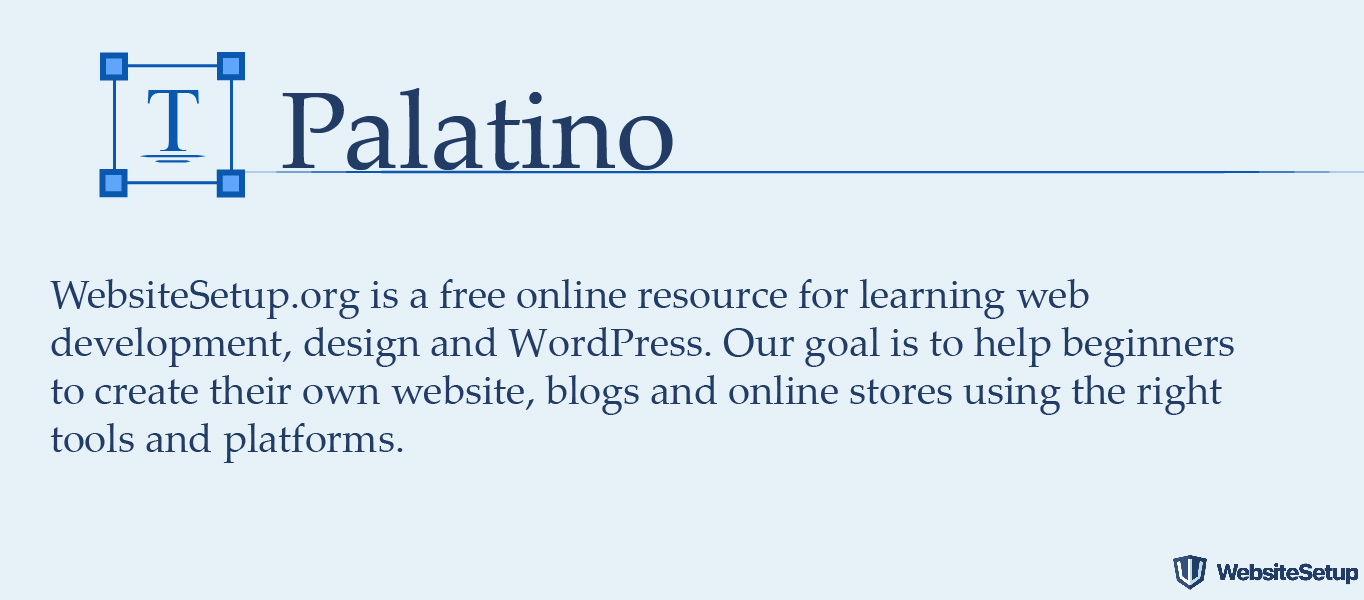
Palatino dates back to the Renaissance. It’s another large font that makes it perfect for the web, traditionally used for headings and print-style ads.
8. Garamond
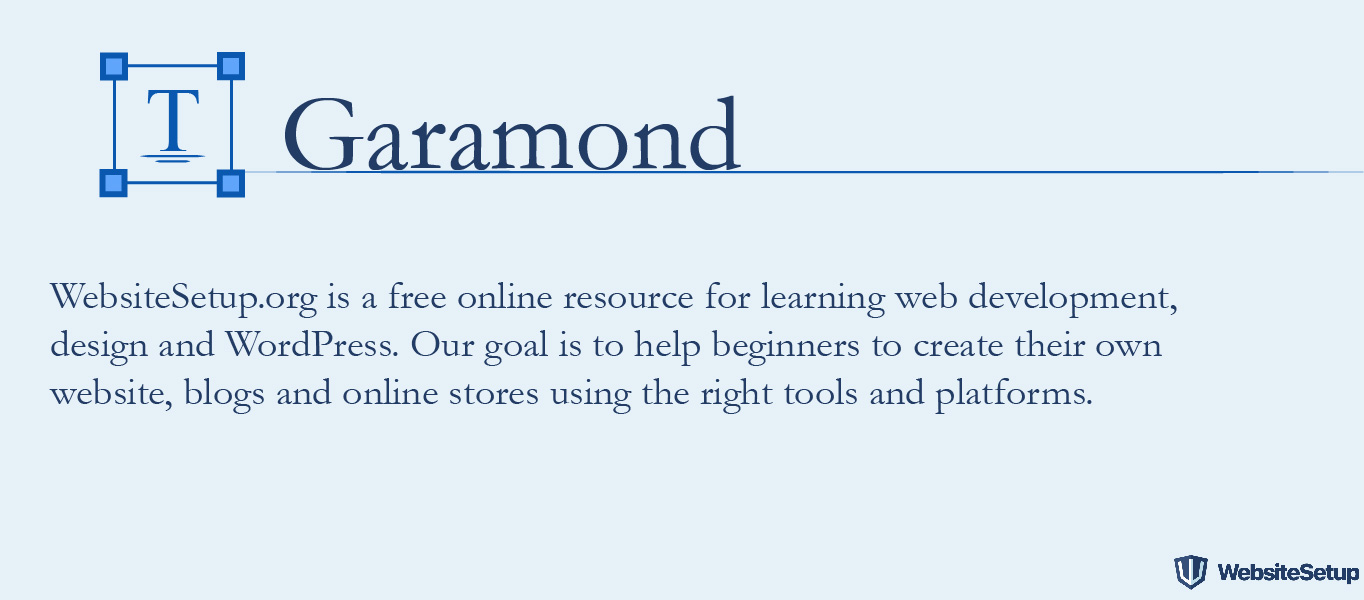
Garamond is another old-school font that dates back to styles used in 16th century Paris. This new and improved version was introduced and bundled on most Windows devices (and has been adopted by others since).
10. Tahoma
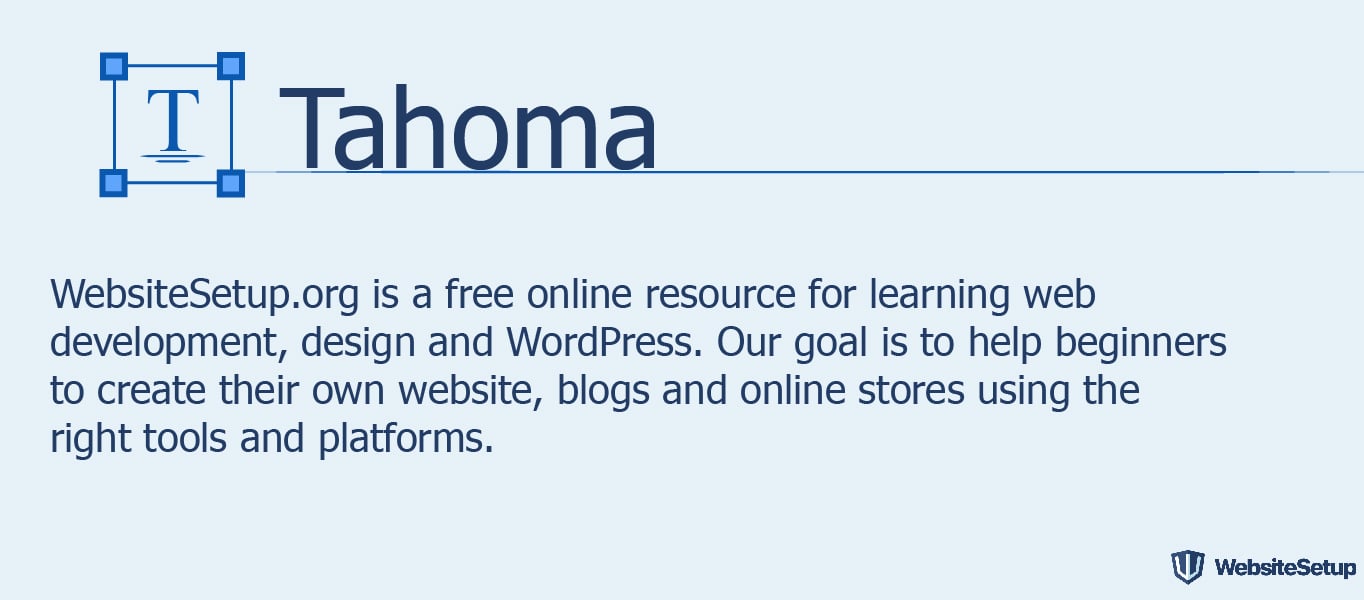
Tahoma belongs to the sans-serif typeface. It was widely used as an alternative to Arial and was the default font of some of the earlier versions of Windows, such as Windows 2000, Windows XP, and Windows Server 2003.
11. Trebuchet MS
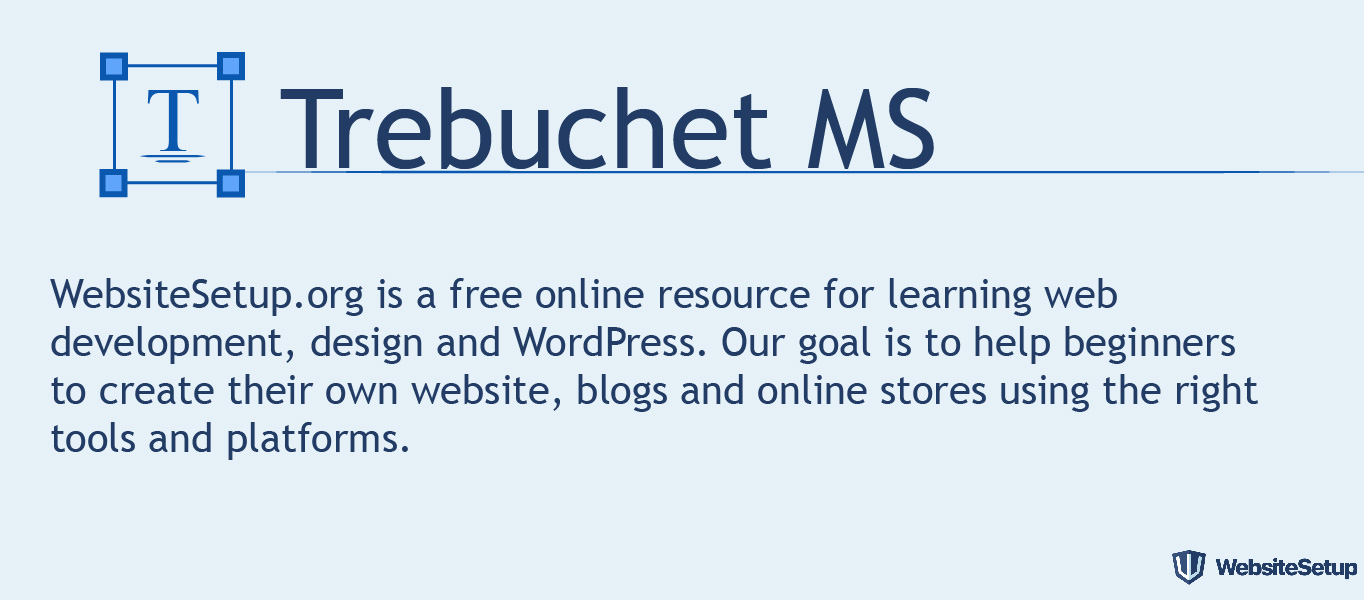
Trebuchet is another sans-serif typeface, which got its name after a medieval siege machine with the same name. It was released in 1996 and is still one of the more popular body text fonts on the web.
12. Arial Black
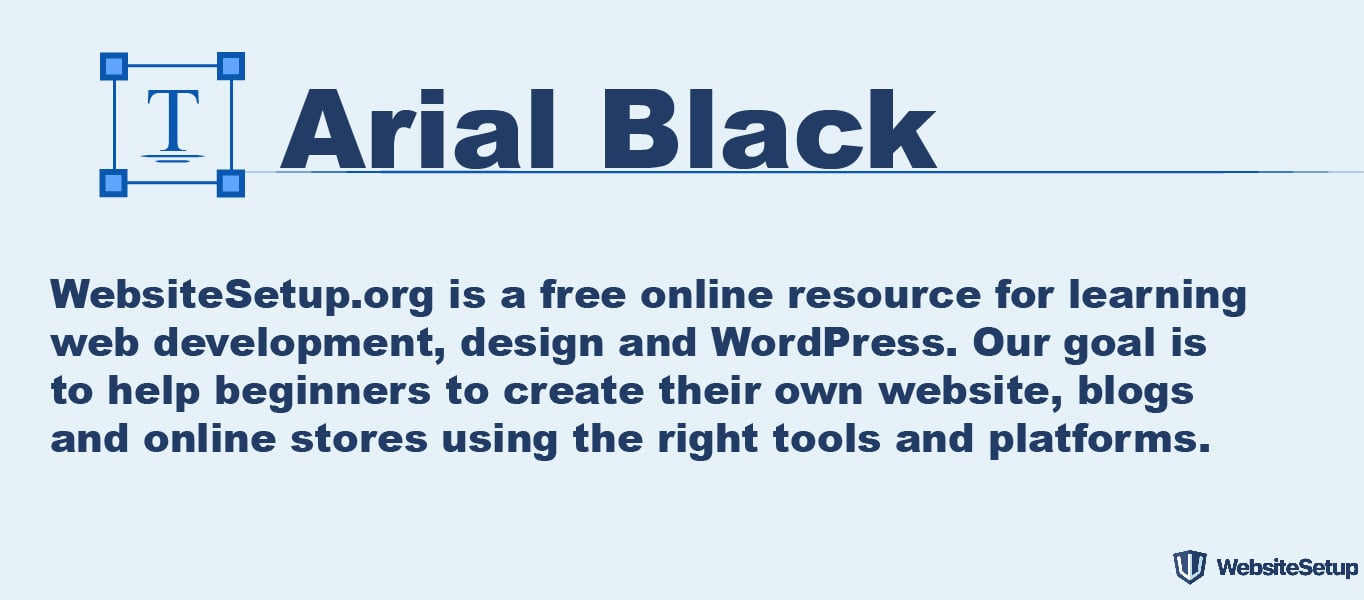
Arial Black is the bigger, bolder, badder version of your basic Arial. Funny enough, it also shares proportions with Helvetica. Why is that important? So that they could originally use it to replace Helvetica and print things without paying for the license.
13. Impact
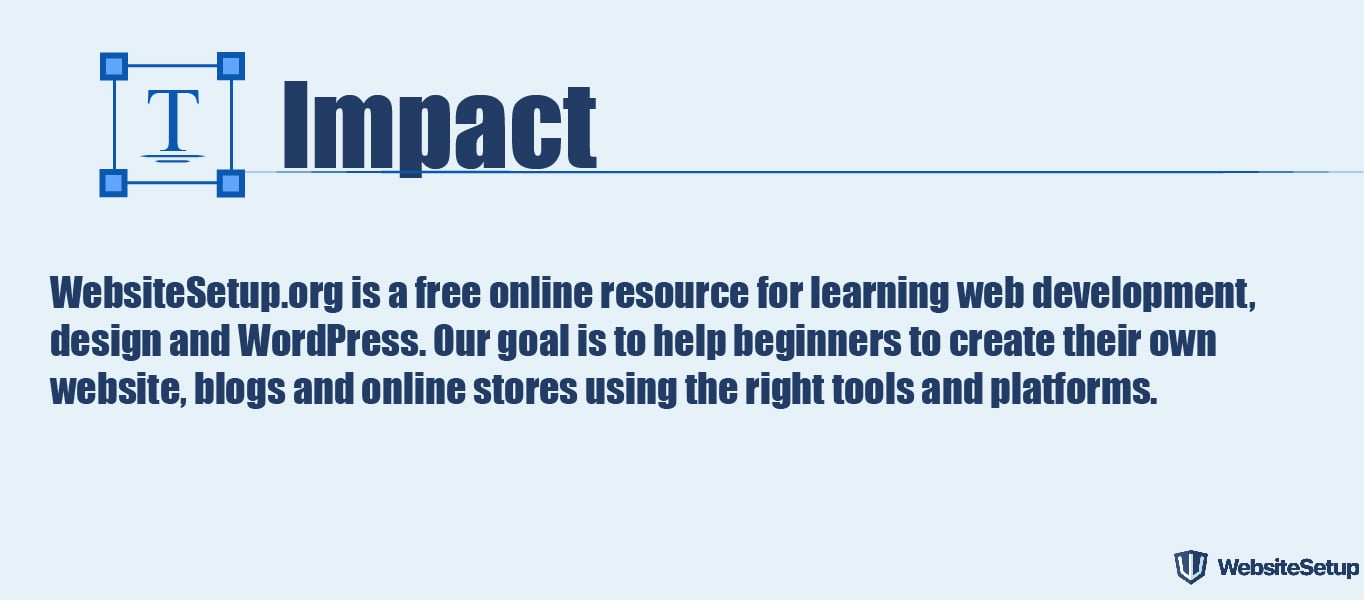
Impact is another bold headline choice that looks great in a few short words, but absolutely terrible in a sentence or longer.
